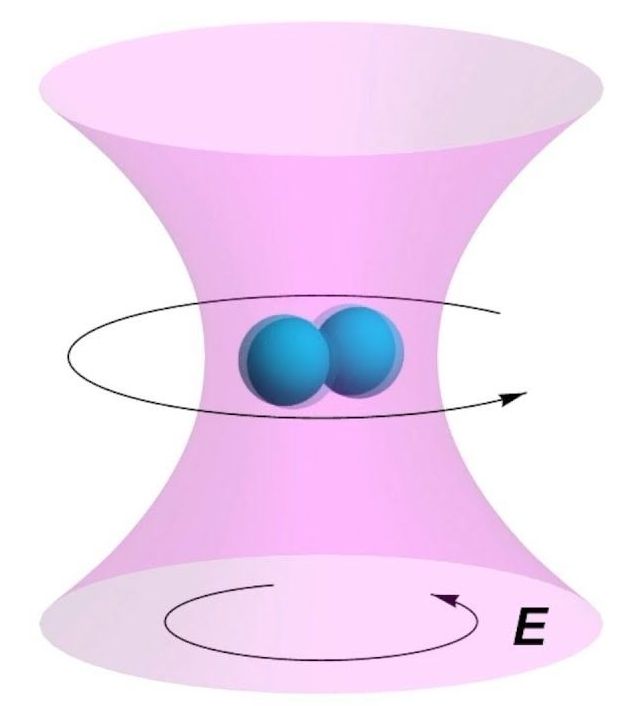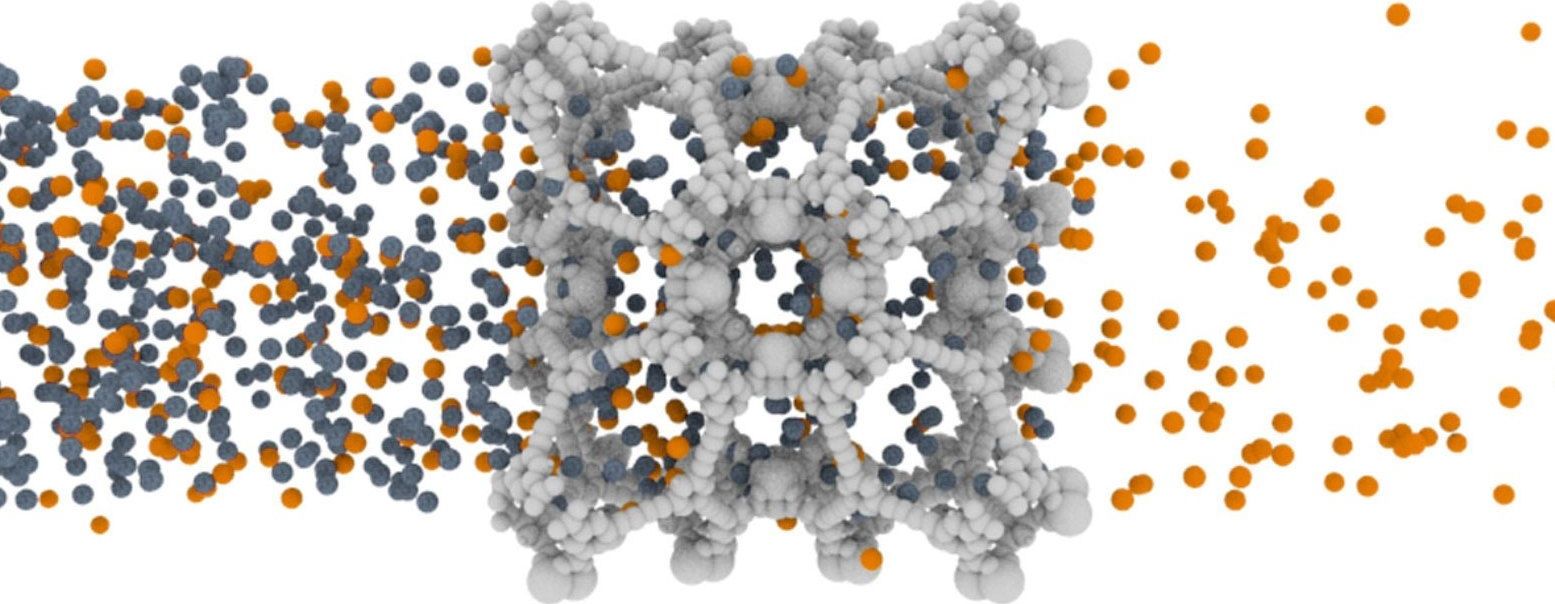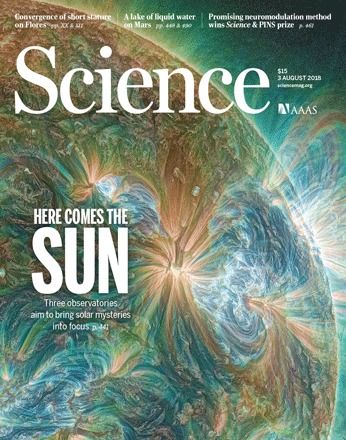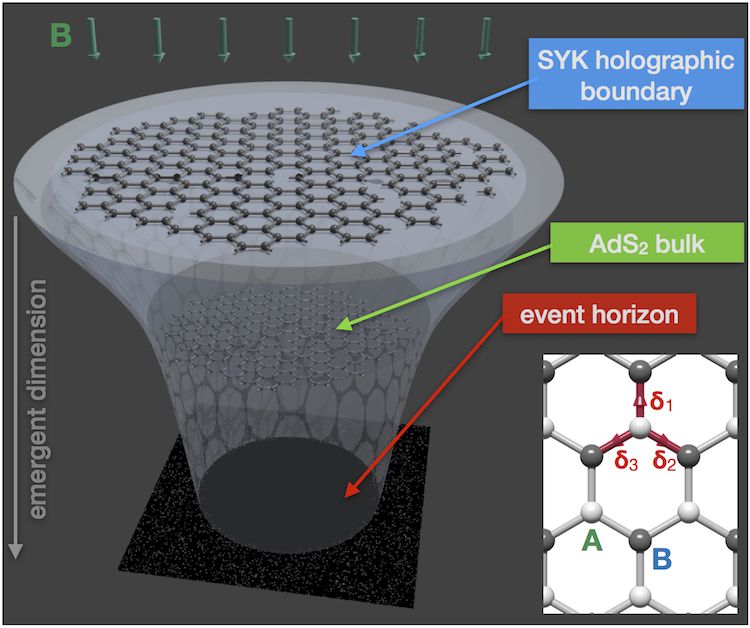Archive for the ‘quantum physics’ category: Page 635
Aug 9, 2018
Congressional Science Committee Leaders Introduce Bill to Advance Quantum
Posted by Genevieve Klien in categories: computing, government, quantum physics, science, transportation
WASHINGTON – U.S. Reps. Lamar Smith (R-Texas) and Eddie Bernice Johnson (D-Texas), who serve as the chairman and ranking member of the House Committee on Science, Space, and Technology, and U.Sens. John Thune (R-S.D.) and Bill Nelson (D-Fla.), who serve as the chairman and ranking member of the Senate Committee on Commerce, Science, and Transportation, today announced the introduction of House and Senate companions of the National Quantum Initiative Act. The legislation would accelerate and coordinate public and private quantum science research, standards, and workforce development to give the United States a competitive advantage as China and Europe vie to achieve technological breakthroughs in this field.
Chairman Smith: “The National Quantum Initiative Act will accelerate the development of quantum information science in the United States and secure our leadership in the quantum sector. As other nations are rapidly developing their own quantum programs, the U.S. faces the risk of falling behind. This legislation provides a path forward to ensure that the U.S. secures its influence in the next generation of science and technology. I am glad that Senator John Thune has joined me in introducing this legislation, along with our respective Ranking Democrat Committee Members Rep. Eddie Bernice Johnson and Senator Bill Nelson.
”The bill creates a 10-year federal program that will significantly develop our quantum knowledge. It will bring a whole of government approach to advance QIS to the next level of research and development, while also creating public-private partnerships, leveraging the resources and expertise of government, industry and academia. Through new research facilities and a strong workforce pipeline, students and researchers will have greater resources and opportunities to develop their quantum skills and create the next great computing innovation. There is no doubt quantum technology will revolutionize our world to come. This bill secures American leadership in quantum science and guarantees a first place finish in the great quantum race.”
Aug 7, 2018
Two slits and one hell of a quantum conundrum
Posted by Genevieve Klien in category: quantum physics
Philip Ball lauds a study of a famous experiment and the insights it offers into a thoroughly maddening theory.
Aug 7, 2018
Fastest rotor ever made may shed light on quantum physics
Posted by Genevieve Klien in category: quantum physics

The rotor—which is actually a tiny spinning dumbbell that a laser levitates—spins at more than 60 billion rotations per minute.
Aug 6, 2018
Quantum Computing Will Create Jobs. But Which Ones?
Posted by Genevieve Klien in categories: computing, employment, quantum physics
A new bill aims to support a growing quantum industry by training a new cross-disciplinary workforce.
OS Fund invests in quantum-leap developments that promise to rewrite the operating systems of life.
Aug 5, 2018
Loopholes and the ‘Anti-Realism’ of the Quantum World
Posted by Genevieve Klien in category: quantum physics
After researchers found a loophole in a famous experiment designed to prove that quantum objects don’t have intrinsic properties, three experimental groups quickly sewed the loophole shut.
Aug 4, 2018
Scale-invariant magnetoresistance in a cuprate superconductor
Posted by Genevieve Klien in categories: evolution, law, quantum physics
Cuprate superconductors have many unusual properties even in the “normal” (nonsuperconducting) regions of their phase diagram. In the so-called “strange metal” phase, these materials have resistivity that scales linearly with temperature, in contrast to the usual quadratic dependence of ordinary metals. Giraldo-Gallo et al. now find that at very high magnetic fields—up to 80 tesla—the resistivity of the thin films of a lanthanum-based cuprate scales linearly with magnetic field as well, again in contrast to the expected quadratic law. This dual linear dependence presents a challenge for theories of the normal state of the cuprates.
Science, this issue p. 479
The anomalous metallic state in the high-temperature superconducting cuprates is masked by superconductivity near a quantum critical point. Applying high magnetic fields to suppress superconductivity has enabled detailed studies of the normal state, yet the direct effect of strong magnetic fields on the metallic state is poorly understood. We report the high-field magnetoresistance of thin-film La2–xSrxCuO4 cuprate in the vicinity of the critical doping, 0.161 ≤ p ≤ 0.190. We find that the metallic state exposed by suppressing superconductivity is characterized by magnetoresistance that is linear in magnetic fields up to 80 tesla. The magnitude of the linear-in-field resistivity mirrors the magnitude and doping evolution of the well-known linear-in-temperature resistivity that has been associated with quantum criticality in high-temperature superconductors.
Continue reading “Scale-invariant magnetoresistance in a cuprate superconductor” »
Aug 2, 2018
Black hole hologram appears in a graphene flake
Posted by Klaus Baldauf in categories: cosmology, holograms, quantum physics
Much research on black holes is theoretical since it is difficult to make actual measurements on real black holes. Such experiments also need to be undertaken over decades or longer. Physicists are therefore keen to create laboratory systems that are analogous to these cosmic entities. New theoretical calculations by a team in Canada, the US, UK and Israel have now revealed that a material as simple as a graphene flake with an irregular boundary subjected to an intense external magnetic field can be used to create a quantum hologram that faithfully reproduces some of the signature characteristics of a black hole. This is because the electrons in the carbon material behave according to the Sachdev-Ye-Kitaev model.
Some of the most important unresolved mysteries in modern physics come from the “incompatibility” between Einstein’s theory of general relativity and the theory of quantum mechanics. General relativity describes the physics of the very big (the force of gravity and all that it affects: spacetime, planets, galaxies and the expansion of the Universe). The theory of quantum mechanics is the physics of the very small – and the other three forces, electromagnetism and the two nuclear forces.
“In recent years, physicists have gleaned important new insights into these questions through the study of the SYK model,” explains Marcel Franz of the University of British Columbia in Canada, who led this research effort. “This model is an illustration of a type of ‘holographic duality’ in which a lower-dimensional system can be represented by a higher dimensional one. In our calculations, the former is N graphene electrons in (0+1) dimensions and the latter the dilation gravity of a black hole in (1+1) dimensional anti-de Sitter (AdS2) space.
Continue reading “Black hole hologram appears in a graphene flake” »
Jul 31, 2018
Teenager Finds Classical Alternative to Quantum Recommendation Algorithm
Posted by Bill Kemp in categories: computing, information science, quantum physics
18-year-old Ewin Tang has proven that classical computers can solve the “recommendation problem” nearly as fast as quantum computers. The result eliminates one of the best examples of quantum speedup.
















